One negative effect of social media, at least for many people, is having the feeling that others are living better lives than they are. This article takes a deeper look at this phenomenon, known as the fear of missing out.


One negative effect of social media, at least for many people, is having the feeling that others are living better lives than they are. This article takes a deeper look at this phenomenon, known as the fear of missing out.
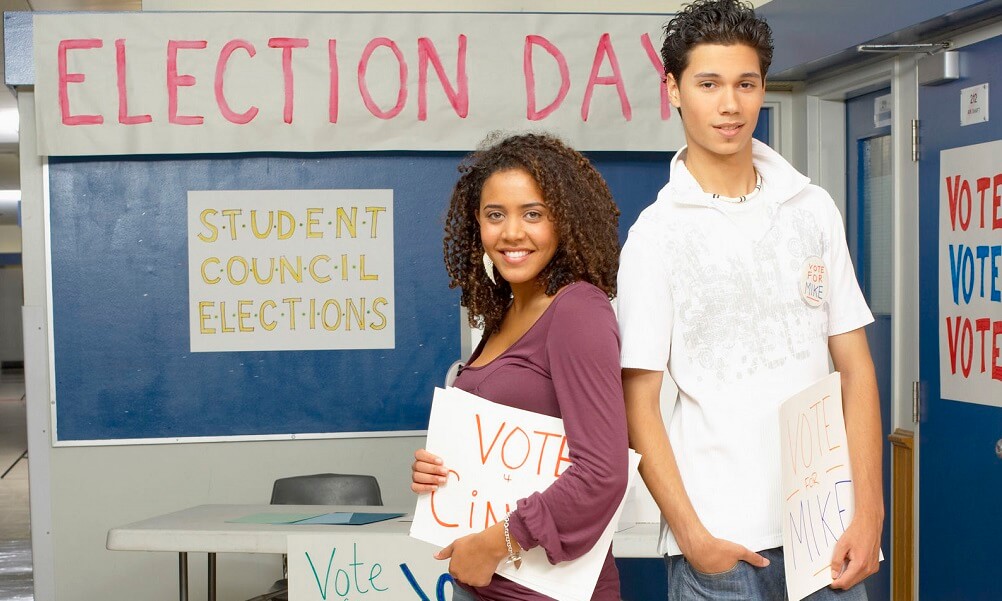
If you attend a school with a Student Council, consider getting involved! Here are some ways to make a big impact in student government.
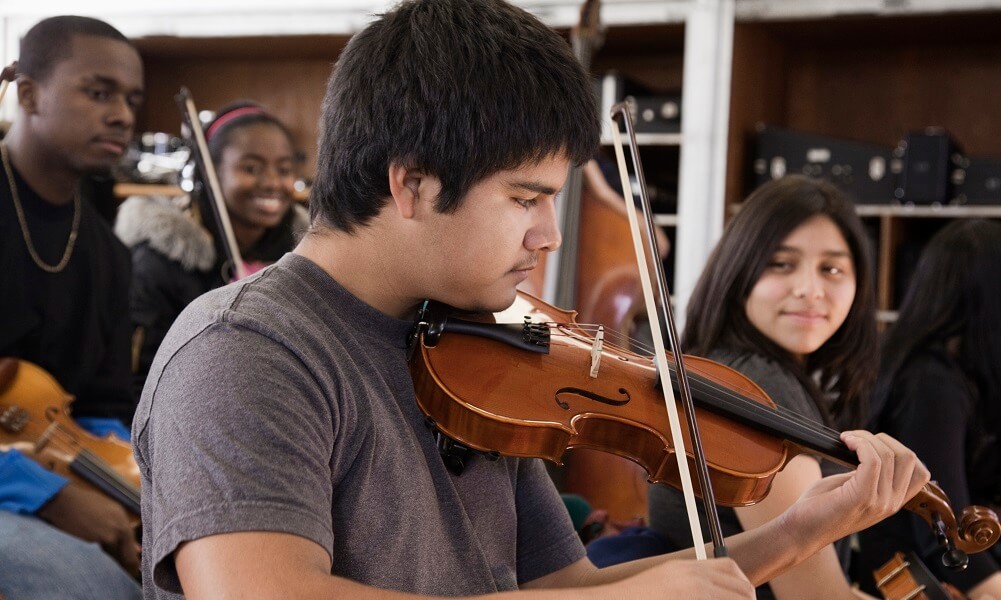
Read about a recent study that links in-depth cross-cultural relationships with higher scores on measures of creative thinking.

If it’s true that those who forget the past are doomed to repeat its mistakes, then young Americans may have a big problem.

Shalini Shankar, a professor of anthropology, dives into the practices of spelling bee winners.

The American Psychological Association states that overcoming life’s obstacles requires resilience. Building up that trait is often a personal journey. This guide offers tips and advice to do so.
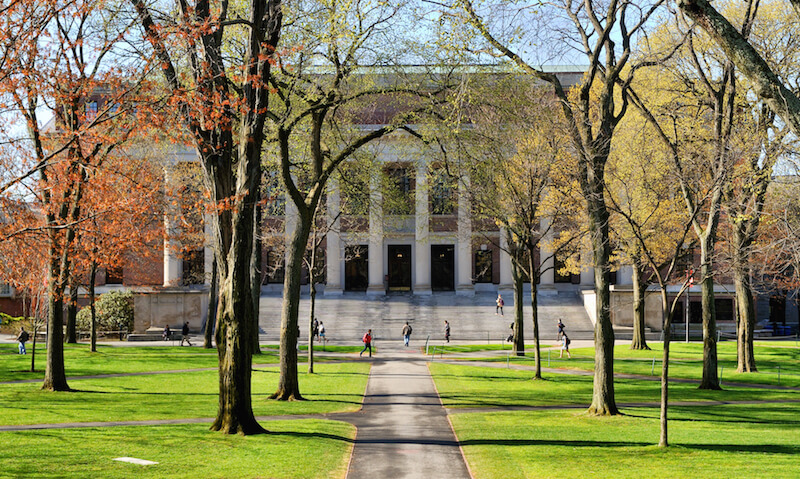
In recent years, debate over what is considered free speech on college campus has increased. This Q&A from the American Civil Liberties Union answers what kind of speech is and is not protected by the U.S. Constitution.

This article compares current protests in France to the Swing riots in 19th-centurty England. Both lack a leader and spread by word-of-mouth.

A recent study from McGill University shows that local events, such as a win by a sports team, can effect the overall mood of a city’s citizens. Read how this then increases risk-taking behavior.

An analysis of surveys conducted over decades show why the pay gap between men and women is slow to change, even when Americans say they suport equality in the workplace.
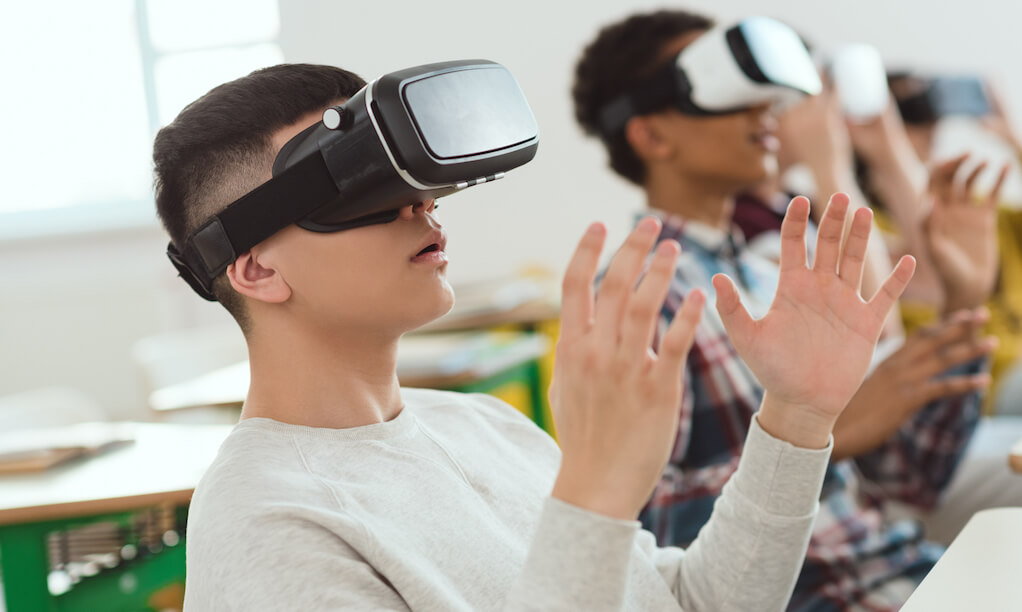
In a recent study, Stanford University researchers found that virtual reality technology can help people increase enduring empathy for others.
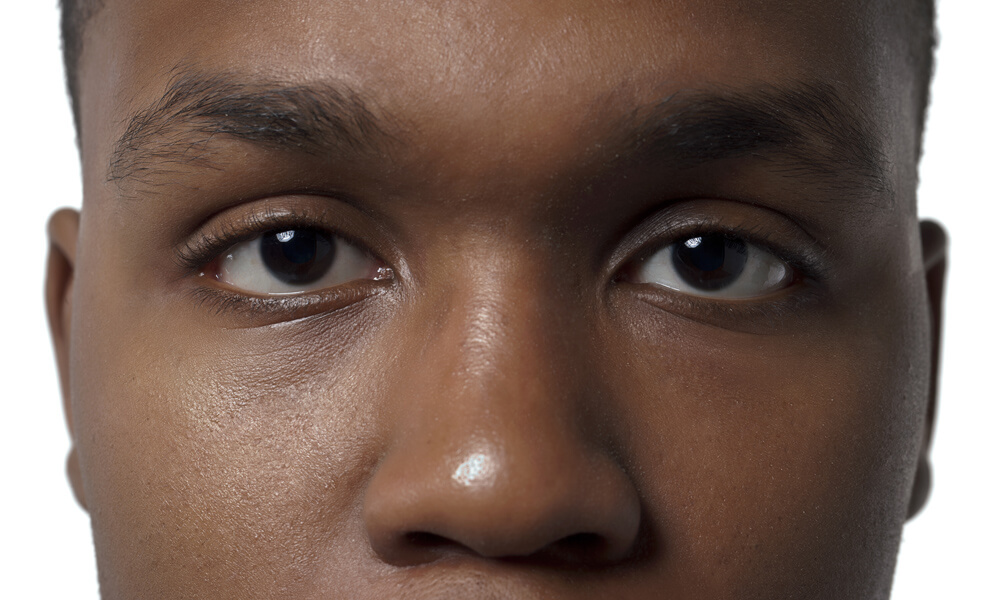
The author of this article describes his personal experience with racism and explains what he has learned from it.

Read about the startling recent rise in neo-Nazi sentiment in one German city.

Being an adult is less about obvious markers like driving a car or owning a home and more about the way a person approaches life.
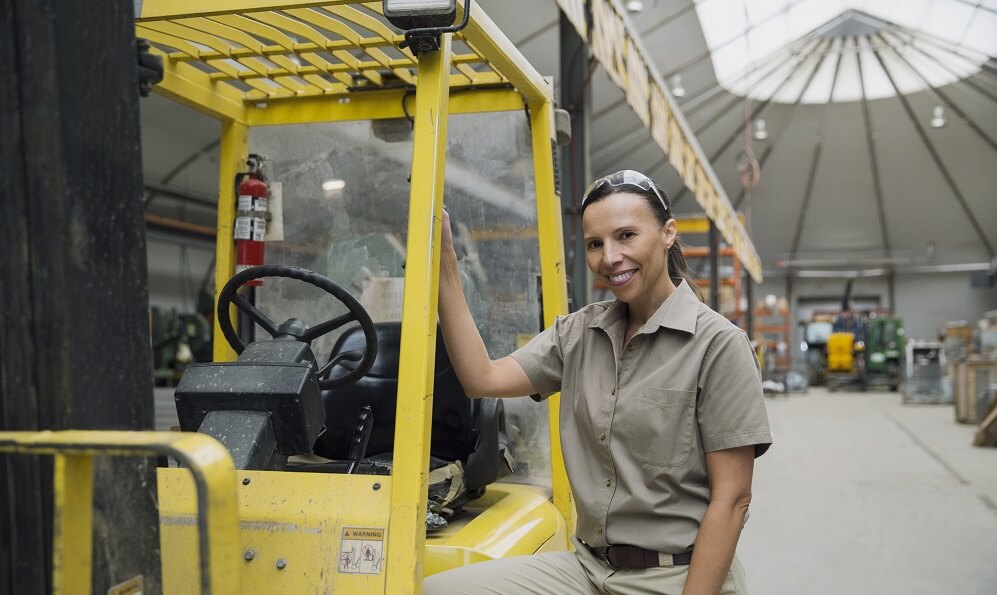
What’s work without a weekend? Get an overview of the evolving idea of the weekend, over time and around the world.

A border between countries can symbolize a separation between cultures, but residents of the world’s largest urban border region get to enjoy the best that both nations have to offer.

In this audio clip, Paul Lo, the first Hmong American judge in the country, recalls his first days in the United States. Listen to Lo talk about his experience growing up as an immigrant from Laos.

Muckrakers exposed corruption and injustices in ways that forced society to examine and confront these issues. We owe many social reforms to the efforts of these brave people.

With the help of augmented reality and an app, important women in history can now appear on any dollar bill. Read the article to learn more.

Code-switching, a means for assimilation, is at the forefront of a larger discussion about race and culture. Laughter, it seems, may be one of the traits people change to fit into the larger scheme of society.